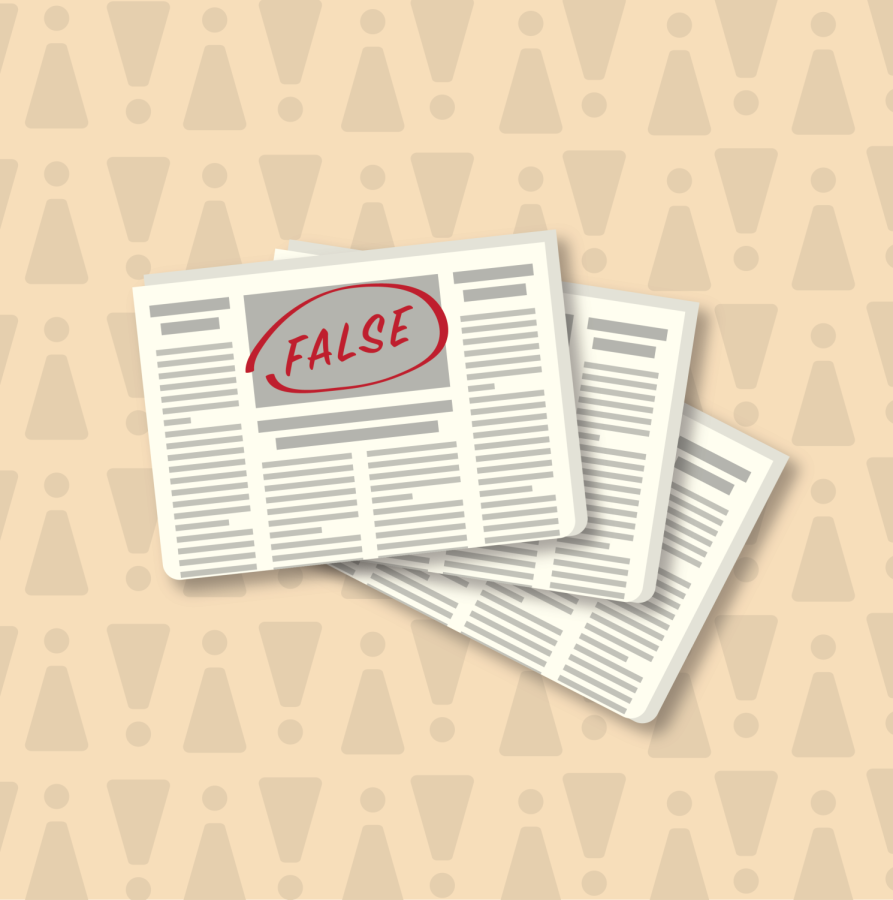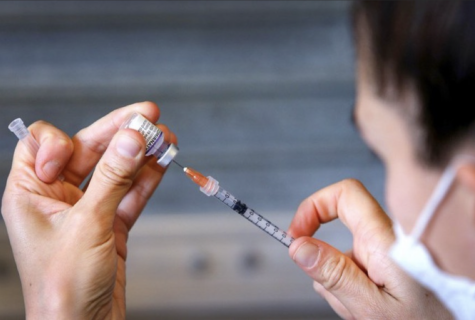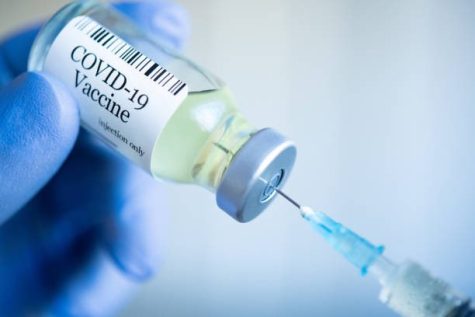Journalistic Reports on Misinformation: Necessary or Clickbait?
Let’s think back to 2016. Remember “pizzagate”? It is a conspiracy theory that claims Hillary Clinton was leading a child trafficking ring in the Washington D.C. pizzeria Comet Ping Pong. The absurd theory turned into horror that same year when someone believed it enough to travel to the pizzeria armed with an AR-15 to investigate the purported trafficking ring. This conspiracy theory would not have gained the traction it did without the help of journalistic and media coverage. Journalists should report on misinformation to warn audiences of fake news in a format and context that expresses their danger, rather than shining a spotlight on the claim’s absurdity.
Journalists must keep in mind the consequences that may come from reporting misinformation. The general public needs to be well-informed on current events in order to understand relevant issues. However, there is a difference between relaying information the public needs to know and sensationalizing the news. Journalists are obligated to report on conspiracy theories and misinformation only to the extent needed in order to convey the danger that they present to the public.
For example, during a live televised report on the “pizzagate” conspiracy, pictures of the gunman smiling on a beautiful landscape or riding a roller coaster slowly passed across the screen, while the reporter described his dangerous actions that could have injured or killed patrons. A report about someone who has acted recklessly — especially on the basis of conspiracy — should not leave the nature of the incident up to interpretation. Journalistic reporting should state plain facts when it comes to reporting on misinformation, instead of using the same reporting styles that are used with other news coverage. Emphasizing the individual’s wrongdoing and the dangers of fake news sites that prey on people is vital to the mass understanding of the implications conspiracy theories can have on public safety. News outlets need to realize that where most people see a criminal, others may see a martyr.
News outlets may assume that the public understands when journalists are reporting on fake news, seemingly forgetting that some people are involved in consuming or spreading misinformation themselves. There is danger in ignoring an issue, but even more so in presenting it as a joke.
As COVID-19 infection rates increased rapidly throughout 2020, there was a string of reports in April about comments from former president Donald Trump about injecting oneself with disinfectants to combat the virus. The best way to report this dangerous suggestion would have been a complete refutation of this idea with basic logic and scientific research.
Unfortunately, some reports relied on an interview format, asking Trump questions about whether or not he actually meant what he said. At that point, it did not matter whether or not he meant what he said. The damage had already been done since his words only fueled the trend of misinformation that revolved around the coronavirus. Although much of the audience could surely sense the absurdity of his suggestion and probably laughed at the reporter’s request for verification, there is always the chance that some viewers took him seriously.
When words are blatantly dangerous and perpetuate false ideas, they should not be replied to with the routine, polite questions we see in typical interviews. The falsehoods should not only be addressed, but disproven immediately no matter who the subject is. By simply relaying dangerous and false words, ideas or conspiracy theories, the public’s access to clear and fair news is further compromised.
We need reporting that contextualizes and disproves misinformation, not reporting that helps further spread this misinformation for the sake of entertaining viewers or providing shock value. With algorithms on popular platforms like TikTok and Facebook, many groups are able to grow communities founded on dangerous, misinformed beliefs. When misinformation makes its way into the news, it is up to journalists to ensure that the general public understands that these falsehoods are, in fact, false. Journalists need to explain why the misinformation at hand is incorrect, not frame them in a way that brings more views.















































































































































































































